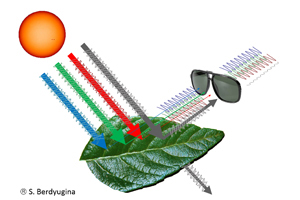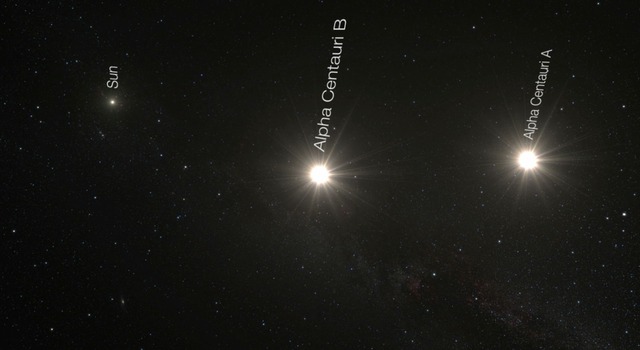| Online: | |
| Visits: | |
| Stories: |

| Story Views | |
| Now: | |
| Last Hour: | |
| Last 24 Hours: | |
| Total: | |
New Approach to Finding Life on Other Planets
A new approach to searching for life on other planets: An international team has discovered that biopigments of plants, so-called biological photosynthetic pigments, leave behind unique traces in the light they reflect. Prof. Dr. Svetlana Berdyugina from the Institute of Physics of the University of Freiburg and the Freiburg Kiepenheuer Institute for Solar Physics studied these biosignatures together with researchers from the University of Hawaiʻi at Mānoa, USA, and the University of Aarhus, Denmark, with the help of polarization filters: If biopigments were present as a sign of life on a planet, they would leave behind a detectable polarized signature in the reflected light. The scientists have now published their findings in the International Journal of Astrobiology.
Photosynthetic pigments are plant substances that absorb and reflect particular wavelengths of visible light, making them appear in color in the reflected wave ranges. Biopigments are what gives plants, algae, bacteria, and human skin and eyes their colorful appearance. Chlorophyll pigments in plant leaves, for instance, absorb blue to red light but reflect a small part of green in the visible spectrum and thus appear green. An exception is infrared light: half of it is reflected and the other half passes through the leaf. Carotenoids absorb blue and red light but reflect yellow light and are thus typically red, orange, or yellow in color.
The scientists discovered that the part of the visible light spectrum reflected in colors by various plants oscillates in particular directions, meaning that it becomes polarized. Each biopigment leaves behind a colorful footprint in the polarized light. The researchers can detect this biosignature with the help of polarization filters, which function similarly to polarized sunglasses or 3D movie glasses. The signature in the polarized light of plants on distant planets would also be detectable in this way. The high contrast of the biosignatures in the polarized light could be the key for finding them in overwhelmingly bright stellar light that hides exoplanetary signals.
This video shows an imaginary journey from Earth to the Alpha Centauri system. As we leave the Solar System we see the familiar constellation figures including the Southern Cross (Crux) and the bright stars Alpha and Beta Centauri. As we approach Alpha Centauri we pass a faint red star, this is Proxima Centauri, the closest star to Earth and the faintest component of a triple star system. The final part shows the bright double star Alpha Centauri A and B with the Sun visible in the background. Alpha Centauri B is known to be orbited by an Earth-mass planet, the closest exoplanet to the Solar System.
Source:





